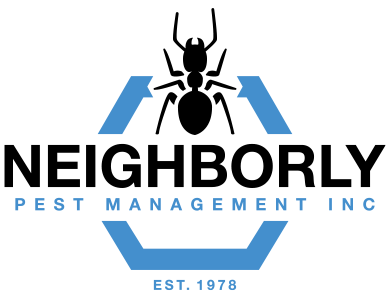How Do I Know If The Ants Around My Elk Grove Home Are Dangerous?
June 11, 2020
Some people wonder why they even need to know the often subtle differences between one species of pest or another. The reason is simple: an infestation can be a mere nuisance or a complete hazard, depending on the species. This is especially true of ants, which can range from relatively harmless to downright dangerous. Knowing which type you have on your hands will help you make informed decisions about the proper action to take to eliminate these pests.

Ants: An Overview
Ants are common pests both inside and outside of your home. All ants share the trait of surviving through elaborate colony systems. While ants make their tunnels and mounds in many shapes and sizes, all ant colonies divide and conquer to succeed. They split the tasks necessary for survival between workers, soldiers, and reproductive queens. This caste system not only allows ants to quickly multiply, but it makes colonies extremely difficult to get rid of since the spawning members of their species stay hidden and out of harm’s way. Knowing what type of ant species is colonizing your lawn or home will help you identify how, exactly, to manage the problem.
Nuisance Ants
The first type of ant infestation is the one we all think of: the kind of critters that crawl around and look ugly but don’t really pose any direct health risks or cause property damage. These species include the following:
-
Pavement ants: Small, black bugs that prefer to stay hidden in the cracks in the sidewalk or within the blades of grass, pavement ants will still venture anywhere and everywhere in search of food.
-
Odorous house ants: They look like other normal ant varieties, but they don’t smell like them. When crushed or stepped on, these ants emit a foul, coconut-like odor. For fans of coconut, trust us, it’s not pleasant.
-
Thief ants: This species reaps the benefits of other colonies’ hard work, stealing food and resources from other established ant populations. While not dangerous themselves, thief ants can quickly glom onto untreated ant colonies and worsen an existing infestation.
Dangerous Or Destructive Ants
Now for the scary kind, the ants that can cause health hazards and extreme damage to property. It's important to differentiate these species from nuisance ants, and therefore, it may be a good idea to pay for a trained set of eyes to inspect your property. Dangerous and destructive ants include the following varieties:
-
Carpenter ants: While they don’t actually eat wood, they will nonetheless burrow into household woods and damage structural materials. If persistent, a carpenter ant infestation can cause irreparable damage.
-
Pharaoh ants: Often yellow or tan, pharaoh ants are known to spread dangerous diseases like salmonella. They are also extremely hard to get rid of since a colony can “bud” into multiple ones as a defense mechanism to survive extermination attempts.
-
Fire ants: Small, bright red ants, this species can cause a lot of discomfort to humans or animals. Their aggressive worker/soldiers will sting anyone and anything that approaches their territory with burning venom that can cause harmful reactions.
Deal With It The Neighborly Way
No matter the species, the best and quickest way to get rid of an ant infestation is with assistance from the professionals at Neighborly Pest Management. Leave it to our experts to determine whether an ant colony is a big problem or a tiny nuisance. We’ll tailor the right methods to tackle the problem and implement proven solutions your ant problem is gone for good.
Don’t wait on an ant infestation only to discover that it’s a bigger problem for your property than you first thought. Call Neighborly at the first sign of infestation.
 Reviews
Reviews

